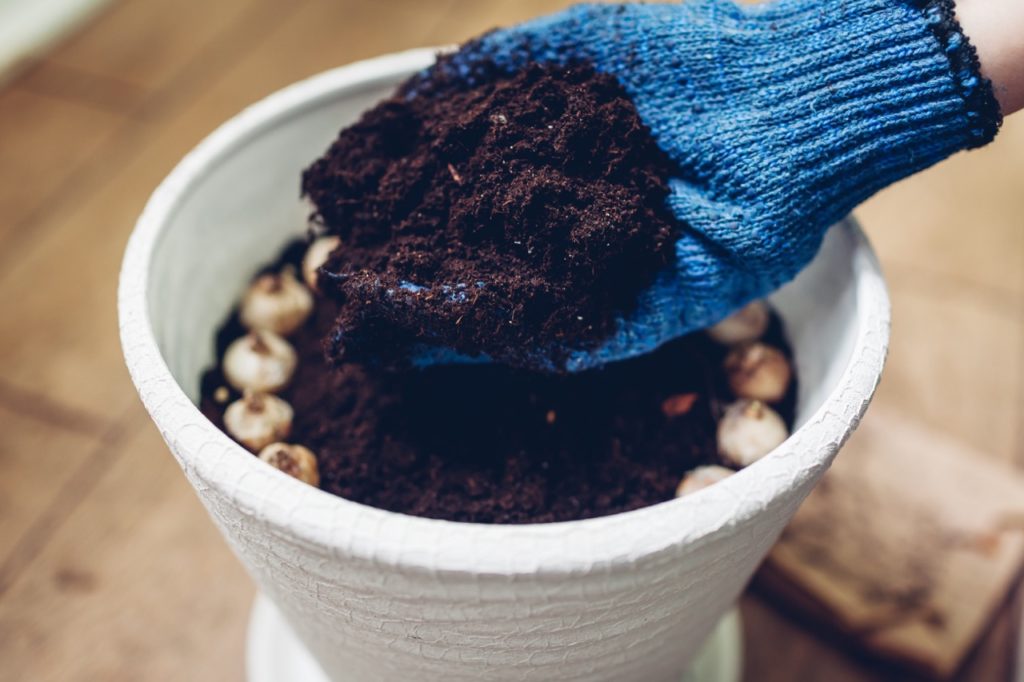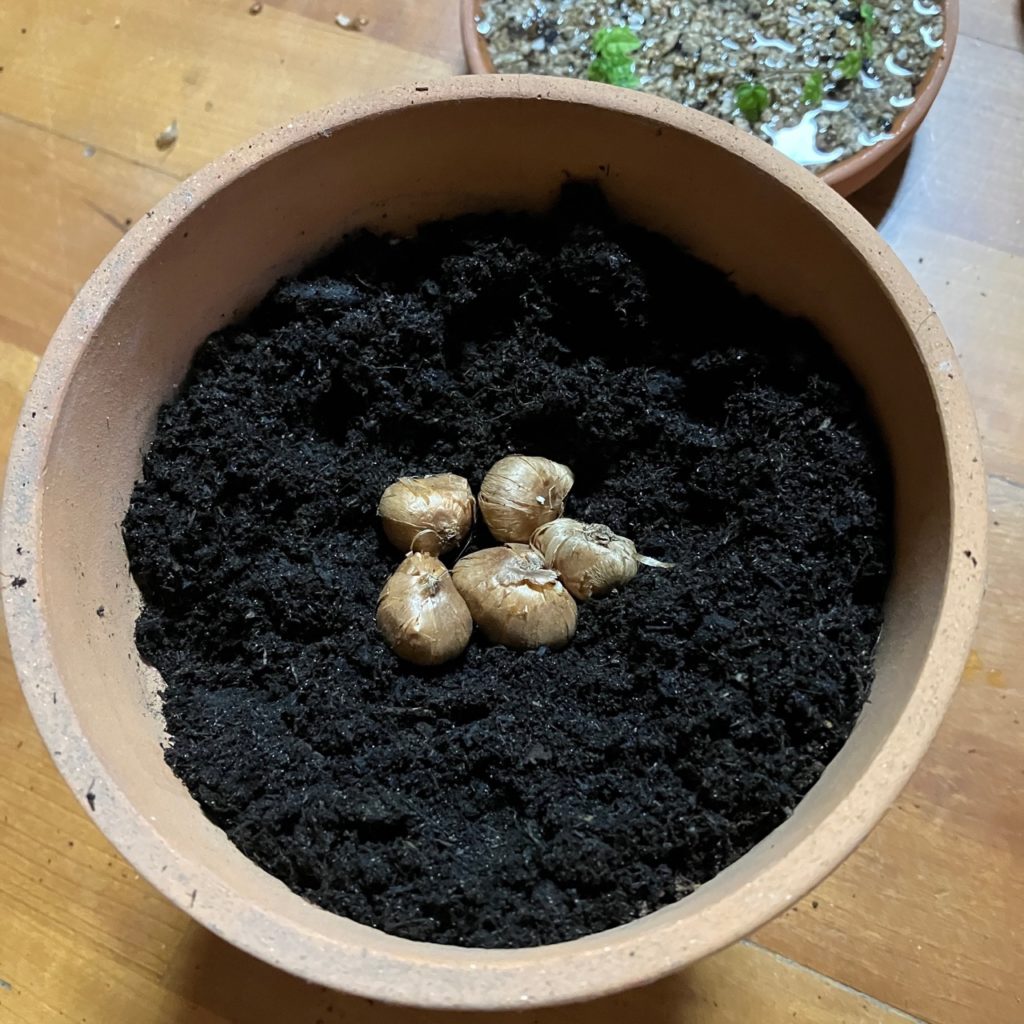Crocus In Pots Are Best Grown With Other Bulbs To Achieve A Cheery Spring Display

BULBS > CROCUS > CONTAINERS

Elizabeth is a Permaculture Garden Designer, Sustainability Consultant and Professional Writer, working as an advocate for positive change. She graduated from the University of St. Andrews with an MA in English and Philosophy and obtained a Diploma in Applied Permaculture Design from the Permaculture Association.
Reviewed By COLIN SKELLY

Colin is a Horticulturist and Horticultural Consultant with experience in a range of practical and managerial roles across heritage, commercial and public horticulture. He holds the Royal Horticultural Society’s Master of Horticulture award and has a particular interest in horticultural ecology and naturalistic planting for habitat and climate resilience.
IN THIS GUIDE
CROCUS GUIDES
Autumn Planting
Container Growing
Growing From Seed
Crocuses are one of the most popular and cheery spring bulbs.
We are all familiar with their delightful flowers popping up in sunny glades beneath deciduous trees before their leaves emerge.
They also look great when naturalised on lawns or at the front of beds and borders.
But Can You Plant Crocus Bulbs In Pots?
Crocuses are a wonderful choice for container growing.
Small and compact, they can be grown even in relatively small pots and can be grown on their own or with other bulbs for a seasonal display in spring.

Combine them with other perennial plants and you might also enjoy a display that can last over a number of years.
Growing crocuses in containers does require a little more thought and work than growing them in a more natural way in your garden, but it is certainly not something that is too challenging to do.
Choosing A Plant Pot
Crocuses have small bulbs (technically corms) that grow into small plants.
Though the bulbs will remain alive and burst into new growth each year, the flowers bloom over a relatively short period.

This means that crocuses are best combined in containers with other spring bulbs that bloom in the mid and late-spring season, or with other plants that extend the period for which you can enjoy an attractive display.
A larger container, one around 40-50cm in width and depth, will allow you to plant crocuses as part of a spring bulb lasagne display or within another mixed display for your garden.
One key thing any container bought or made must have is adequate drainage at the base, to provide the free-draining conditions that these spring bulbs require.
Compost For Crocus
Crocus bulbs are not particularly fussy about soil type, so you don’t need to worry too much about buying or creating a very specific compost type or blend.

This is also true of other spring bulbs like daffodils and tulips, so you can simply use any peat-free multipurpose compost mix or growing medium that you either buy or make yourself, with a little grit added to the mix to improve the drainage.
Planting Crocus In Pots
When planting crocus, you will first have to decide which crocuses you will be growing.
The most commonly grown crocuses are those that bloom in the early spring, but there are also those that bloom in autumn, and a few are alpine plants that require more specialist care.
Crocuses are typically grown from bulbs planted in the autumn between September and November and you can get away with planting them right up until Christmas, though it is likely that they will bloom later than expected if you plant them this late.

Crocus bulbs are typically placed around 7-12cm deep.
Make sure that you identify the pointy end of each corm and that these face upwards.
If you are creating a bulb lasagne, then crocus bulbs may well make up the top tier of your planting and will be the last to be put into position.
How Many Can You Plant Per Pot?
How many crocus bulbs you can plant in a pot will depend on a number of factors.
Of course, you need to consider that pots come in many sizes.

Naturally, you also need to think about how many other bulbs or plants you wish to fit into the same container.
Potted Crocus Care
For most crocuses, place your container in full sun, but make sure you understand the needs and environmental preferences of the particular crocus varieties that you have chosen to grow.
Over the winter months, protect crocus bulbs by placing mesh over the top of the plants if squirrels or other pests become a problem.
Keep soil moist by watering consistently once green growth emerges if it is dry, but take care not to overwater and always let excess water drain away freely, as Colin Skelly, a Master Horticulturist, explains:
“Although pots outside will require little watering over winter and into early spring, make sure that you check the soil moisture during spells of dry weather.

“If the soil dries out you may find that your crocus flowers inconsistently as the plants respond by assuming drought conditions.
“I have found that this is most likely to happen in early spring as the weather warms up but you’re not quite yet in the habit of checking watering regularly.”
During the colder months, water sparingly if rainfall is lacking, but generally, winter watering won’t be required outdoors.
After crocuses flower, make sure you let the leaves remain and die down naturally, so they can work to gather energy that will be stored within the corm for next year.
If crocuses become congested, lift and divide the existing clumps in autumn and, if desired, move some of the corms to a different container.
